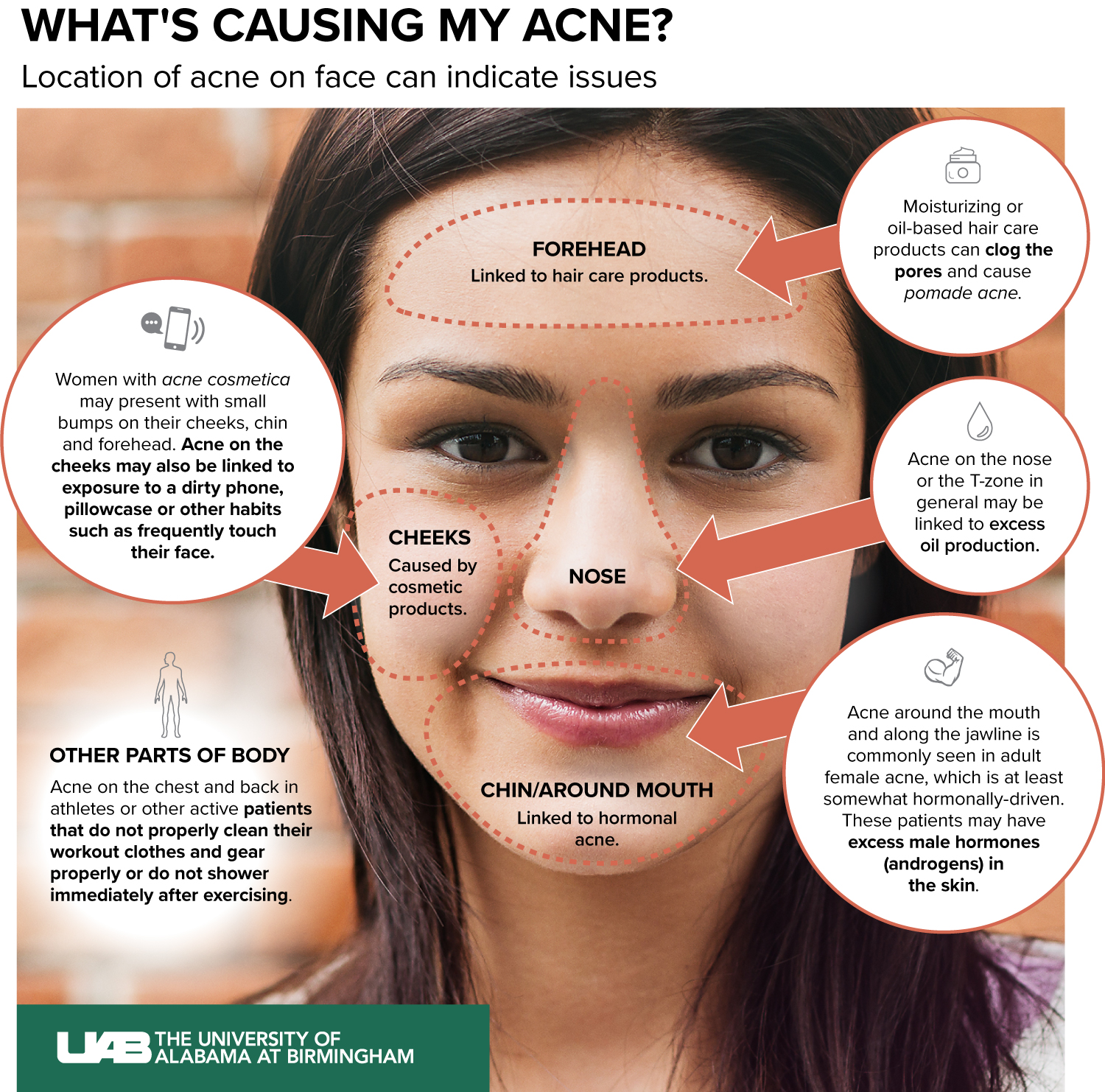Hormonal Acne Chin

Chin acne is a common occurrence in both teenagers and adults.
Hormonal acne chin. It can be treated with over the counter products or prescription medication. Its common during puberty because androgens a group of hormones that include testosterone and other male hormones naturally increase production during this time. How To Get Rid Of CHIN ACNE chinacne hormonalacne howtogetridofchinacne.
Hormonal adult acne typically forms on the lower part of your face. In adult women hormonal acne is located in different areas on the lower half of the face around the mouth on the chin and along the lower jawline. High levels of progesterone are known to cause hormonal acne including under the chin since it acts as an inflammatory agent when its levels are so high.
Hormonal acne and the chin area In Chinese Medicine fundamental disturbances in the flow of blood and energy predispose many women to menstrual irregularity premenstrual symptoms heavy bleeding and painful periods. Hormonal acne usually attacks our chin and jawline rather than forehead or other facial parts. For those prone to hormonal acne that forms along the chin and jawline the best approach to dealing with the condition is to take measures that discourage acne from forming in the first place.
But hormonal acne can happen any time there are fluctuations in hormone levels. A cnes certainly not easy to deal with but trying to fight hormonal acne makes dealing with whiteheads feel like childs play. Acne may also occur at the time of menopause due to fluctuation in hormones.
While its not talked about often menopause can cause the skin to break out in the form of rashes acne rosacea and an overall sensitivity to well everything. This includes the bottom of your cheeks and around your jawline. You can identify hormonal acne by the type of flare up you have says Dr Jonquille Chantrey an aesthetic doctor.
Acne on the chin is often caused by hormonal fluctuations. Acne around the chin and jawline is particularly common in your late 20s and 30s according to clinical facialist Kate Kerr. It usually occurs in the form of cystic.













